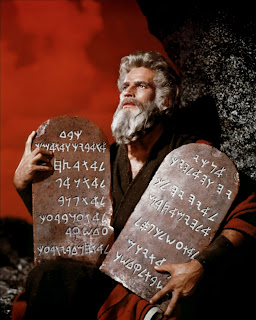Something
to ponder on:
Identity
is viewed in non-essentialist terms as a construct, and because constructs only
produce meaning through the interplay of differences inside a "system of distinct
signs".
In philosophy, non-essentialism is the belief that any given
entity or subject cannot be propositionally defined in terms of specified
values or characteristics, which that entity must have in order to be defined
as that entity. For example, some humanists may have an idea of what the
essence of being human is: there are specific traits which make something
human.
A non-essentialist theory of humanity would believe that there are no
essences or traits that make something human (for example, Sartre's theory of existence
preceding essence).
This view is somewhat problematic, however, as an entity not defined by
any specific values or characteristics may lack any meaningful existence to an
observer. Since entities in the real world are defined by their observers in
some way, and in terms of characteristics, it would be impossible for a
non-essential entity to be found in the real world, though this does not
imply that they could not exist in the real world.
A non-essentialist would argue otherwise though, that it is
impossible to find anything that has only its essential characteristics, that
since every thing is a particular, that which is accidental is just as
important to the particular as what is essential.
Non- essentialism can also be related to culture: that a person of a
culture does not possess all of the traits that are labeled with it. An
essentialist view on a culture can lead to racism.
Essentialism is
the view that, for any specific entity (such as an animal, a group of people, a
physical object, a concept), there is a set of attributes which are necessary
to its identity and function. In Western thought the concept is found as early
as the work of Plato and Aristotle: Platonic idealism is the earliest known
theory of how all known things and concepts have an essential reality behind
them (an “Idea” or “Form”), an essence that makes those things and concepts
what they are. Aristotle's Categories proposes that all objects are the objects they
are by virtue of their substance, that the substance makes the object what it
is. The essential qualities of an object, so George Lakoff summarizes
Aristotle's highly influential view, are "those properties that make the
thing what it is, and without which it would be not that kind of
thing".




